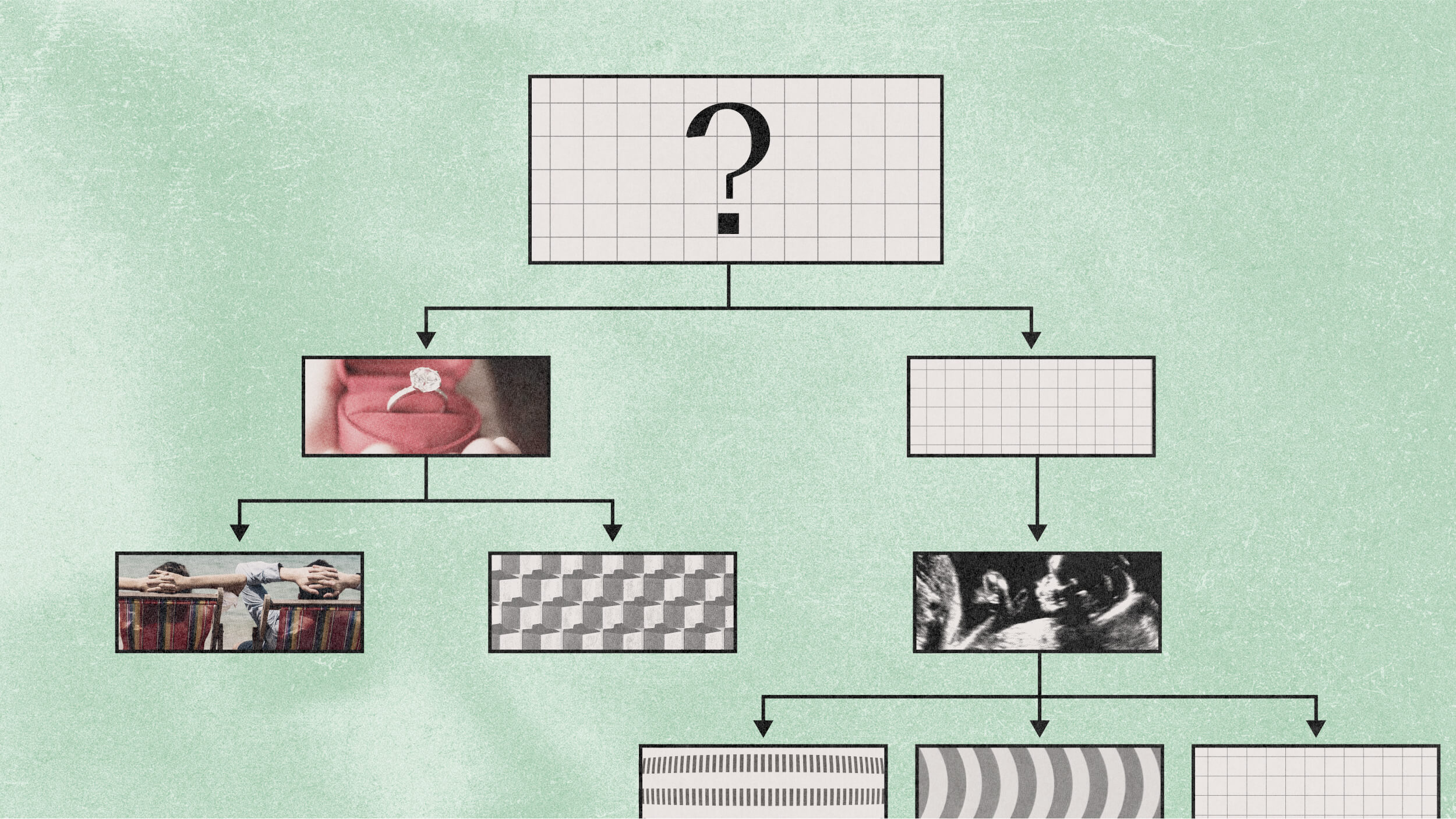Liberal and conservative brains react to charged words differently

Credit: Gorodenkoff on Adobe Stock
- A new study shows brain activity differs between liberals and conservatives when they watch political videos.
- Brain activity differed between partisans when words tied to emotions, morality, or threats were used.
- The findings could help us understand how partisans process information, perhaps leading to new ways to bridge the divide.
People are somewhat politically polarized these days. While the United States’ polarization gets most of the press, increasing polarization is also causing problems in the United Kingdom, Turkey, Poland, Brazil, India, and a variety of other countries around the world. Attempts to understand why are endless, with hypotheses being offered from various schools of sociology, political science, and philosophy.
Recently, scientists investigating partisanship have peered into the neurological basis for our partisan alignments, if any. Their discoveries suggest that partisans’ brains may process information differently than those of non-partisans or members of another group.
Adding evidence to this way of thinking is a new study out of UC Berkeley, which finds that liberal and conservative brains react differently to political trigger words.
The study, published in the Proceedings of the National Academy of Sciences, compared the stated political opinions of three dozen test subjects to their brain wave patterns while they watched videos about immigration policy.
The researchers, led by Dr. Yuan Chang Leong, determined the participants’ ideologies by asking them how much they agreed or disagreed with proposed legislation. Each response was given a score, with lower values attached to stances considered liberal in the United States.
One such question was: “Would you support legislation that funds a wall along the US-Mexico border to reduce illegal immigration?” Those who strongly agreed were given a high score while those who strongly disagreed got a low score. The scores earned over six questions were used to place the participants on a scale from left to right. The questions had previously been tested on 300 people who identified as liberals, conservatives, or centrists to assure their accuracy.
The test subjects then watched the previously mentioned political videos.
While the parts of the brain dedicated to collecting sensory information reacted similarly for all of the test subjects, the dorsomedial prefrontal cortex, a part of the prefrontal cortex that deals with matters of identity, narratives, and morality, of liberals and conservatives reacted at different times.
Using an fMRI, the researchers saw that neural responses differed between liberals and conservatives as the videos’ messages changed. More specifically, the brain’s activity was stimulated by its response to messages concerning morality, emotions, or threats. The reactions to these terms were the points of greatest divergence.
A morality based message might be something like, “What are the fundamental ethical principles that are the basis of our society? Do no harm, and be compassionate, and this federal policy violates both of these principles.” A threat-based statement might resemble, “I think it’s very dangerous, because what we want is cooperation amongst the cities and the federal government to ensure that we have safety in our communities, and to ensure that our citizens are protected.”
Participants were asked to rate how much they agreed with each video and how likely they were to change their mind on anything after watching them. Curiously, the closer the subject’s brain activity was to that of the “average” liberal or conservative of the study, the more likely they were to report that a video supporting those policies could make them change their mind.
Dr. Leong summarized the findings by saying:
“Our study suggests that there is a neural basis to partisan biases, and some language especially drives polarization. In particular, the greatest differences in neural activity across ideology occurred when people heard messages that highlight threat, morality and emotions.”
This study suggests that partisanship impacts how our brains process specific terms and that political messaging relying on threat-based or ethics-based language cause partisans to interpret the message in very different ways. This processing also means that people with similar brains to other partisans are likely to be convinced by similar messages.
The location of the differences in brain function, in the later, higher-level processing department of the brain rather than in the earlier, sensory detecting department, implies that polarization does not affect sensory processing. Additionally, the results do not imply that these effects are hardwired in our brains.
These findings can be added to the list of studies that show that our political alignments might have something to do with how our brains process information. Non-partisans, often suggested to not be a real group of people, have measurably different brain activity than partisans. Brain scans show Democrats and Republicans used different parts of their brains when playing a gambling game.
Dr. Leong hopes to use this information to build better models of how the brain processes political information. Perhaps someday, these models can help us understand how to talk to each other without using these trigger words.
Politics is becoming increasingly polarized in several countries all around the world. The causes for it are still up for debate, and ways to help narrow the gaps between people are still being investigated. An increasing number of studies suggest that some of it comes down to how our brains function.
While the idea of polarization being tied to how our brains work probably won’t come as a comfort to most people, the ability to identify precisely what is happening when people have polarized reactions is a step forward, as it offers a chance to understand what the other side is doing when we disagree. Perhaps someday soon, this will translate to better ways to reach across the aisle and more productive conversations informed by neuroscience.





